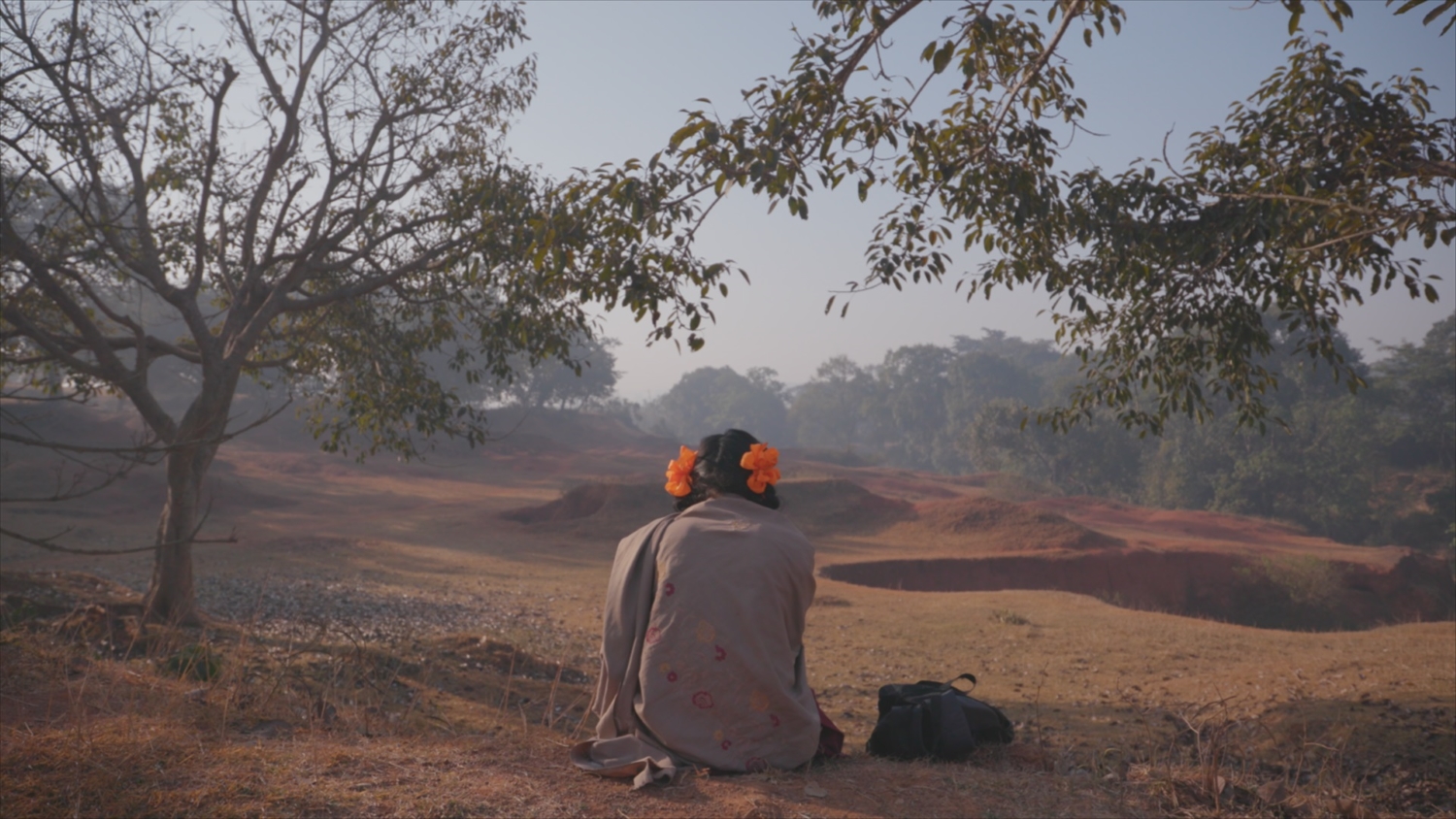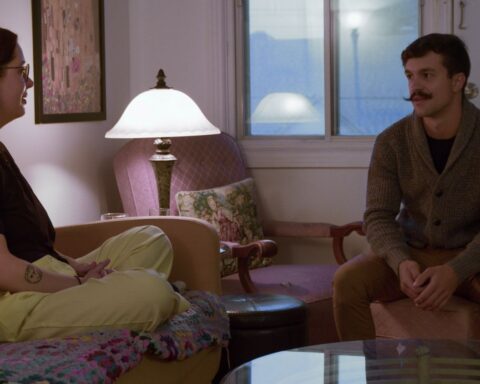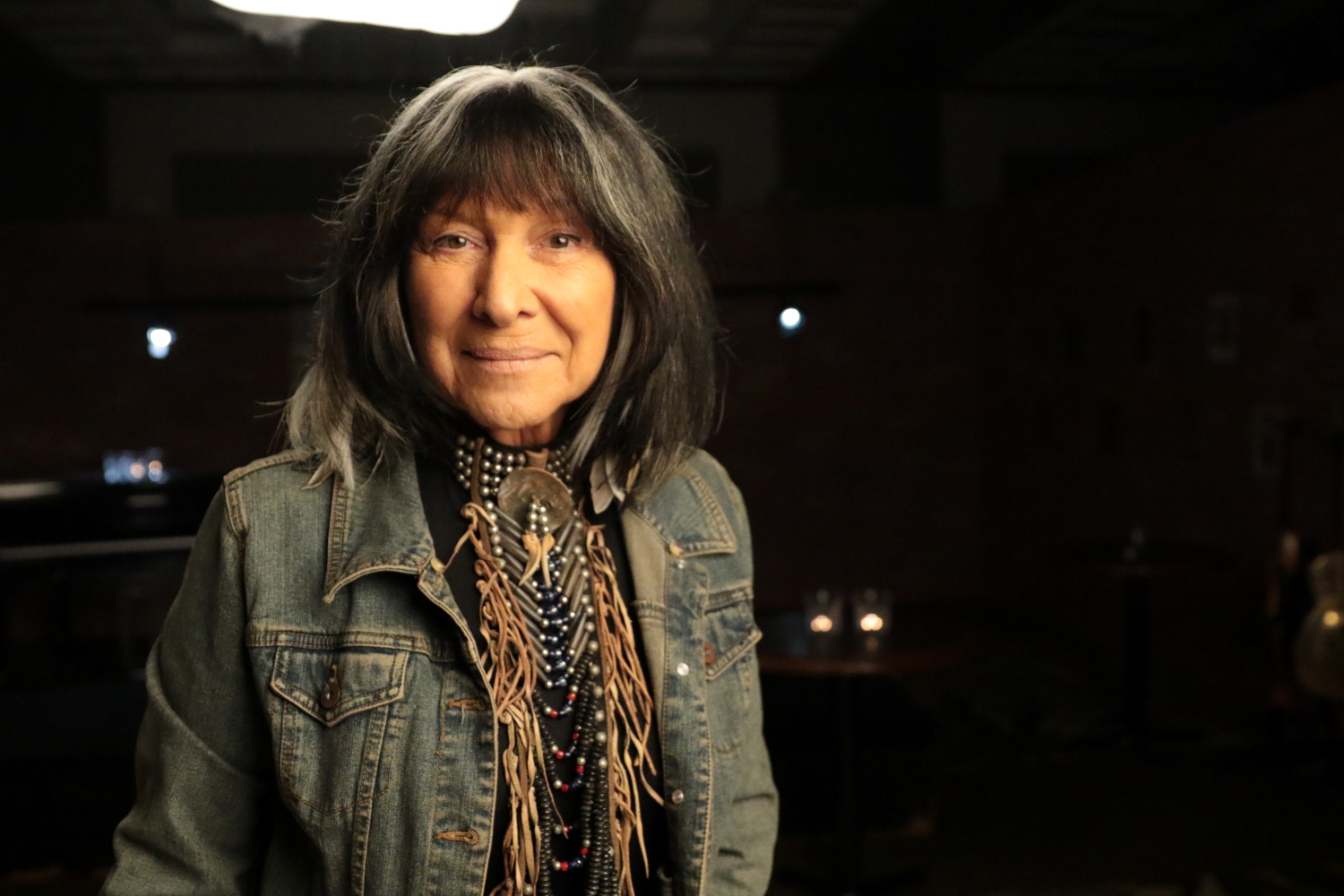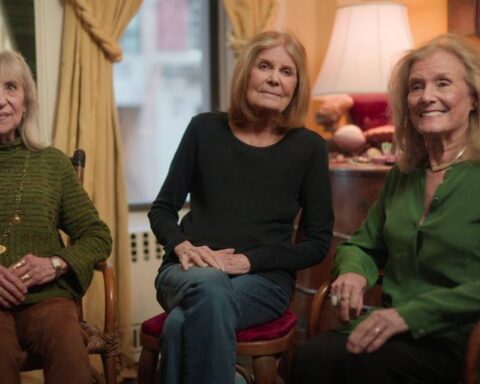“Do you think it’s wrong that we involved the police?” Jaganti asks filmmaker Nisha Pahuja. The mother’s direct address to the camera in Pahuja’s new film To Kill a Tiger evocatively breaks the fourth wall. Jaganti, feeling the pressure put on her family by local villagers, worries that she and her husband, Ranjit, erred by coming forward. The crime they reported, however, is a parent’s worst nightmare. To Kill a Tiger observes as the parents wonder what to do after three men rape their 13-year-old daughter while walking home from a family wedding. One of the assailants, moreover, is her cousin.
Despite the family’s trepidation, Ranjit, Jaganti, and particularly their daughter (this article omits her name with respect to privacy), show Pahuja a powerful lesson in holding strong even during devastating circumstances. To Kill a Tiger, premiering at the 2022 Toronto International Film Festival, is a masterfully observant film, in which one family’s fight for justice becomes a larger parable about a pressing human rights issue. The film gains access to the voices of a community that becomes potently divided by the rape—not because of the violence committed against the young survivor, but by her family’s bravery in breaking the cycle of silence and shame.
From Brother to Tiger
To Kill a Tiger is Pahuja’s fourth feature, and follows her 2012 breakthrough The World Before Her, a prizewinner at both Hot Docs and Tribeca, which explored the subjugation of women in India by contrasting participants in the Miss World India pageant and Durga Vahini, the women’s wing of the Hindu militant fundamentalist movement. To Kill a Tiger—co-produced by the NFB and Notice Pictures, Pahuja’s production company with Cornelia Principe—tells a story that emerged while Pahuja was working on her forthcoming film Send Us Your Brother, a study of the construction of gender identities in India. Pahuja says that Send Us Your Brother began by focusing on the work of Mahendra Kumar, an activist who appears in To Kill a Tiger, but ultimately birthed another film.

“Send Us Your Brother looked at Mahendra-ji and his work with men and boys in in the state of Jharkhand,” explains Pahuja. “Over the course of filming, we met Ranjit, who was part of the men’s groups that Mahendra and his team were conducting.” Pahuja notes that Ranjit’s daughter was raped during the course of filming with Mahendra and Ranjit, which inspired her to follow that situation.
“Initially, our idea was to use Ranjit and the story of the case as the spine of the film and still explore issues of masculinity by weaving in the story of Mahendra and the two young boys that we filmed with,” explains Pahuja. Faced with a five-hour assembly and a wealth of material, however, she showed the work-in-progress to editors Manfred Becker and Nick Hector. Pahuja says they agreed: She had two films on her hands and they advised her to focus on the powerful story of the family and their decision to go to trial.
“This film really came together in the edit,” observes Pahuja. Working with film editors Mike Munn and Dave Kazala, Pahuja parses the situation down to the human drama with the family. Pahuja admits that shifting from a project like Send Us Your Brother, which was about the broader scope of masculinity and its impact on women, to an intimate character study was a challenge. “But that was the film I had to let go of,” admits Pahuja. “Even after the film became this one story, it was difficult to abandon context—either through news footage or interviews. Through that process, I realized that sometimes the largeness and depth of an idea is best expressed through a specific story.”
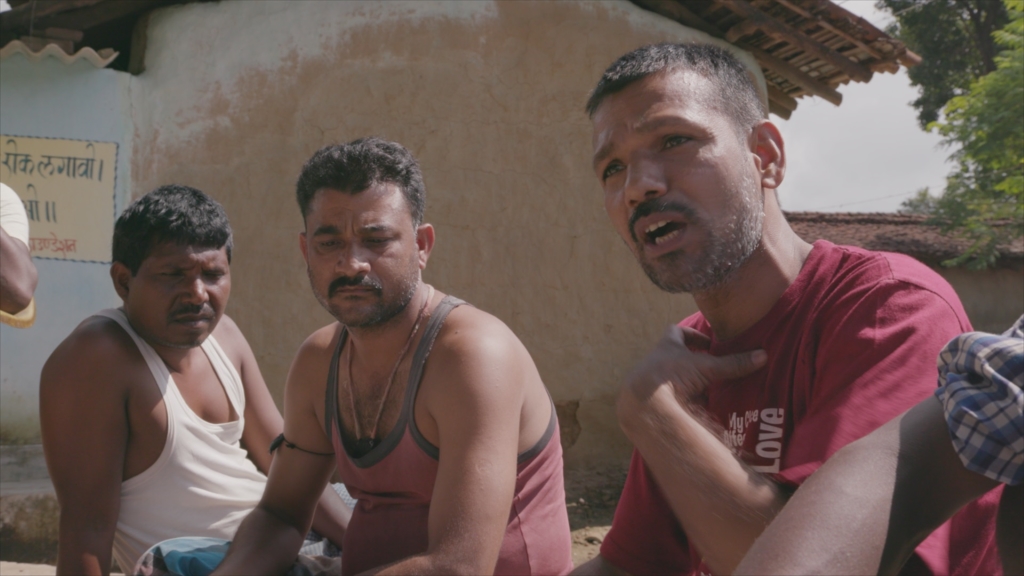
The Village’s Voice
The young girl’s plight in the film is one that countless women face in a country where rape occurs every 20 minutes. The director, for example, cites the infamous Delhi gang rape, the 2012 incident in which 22-year-old student Jyoti Singh was raped and beaten by six men while travelling on a bus, the injuries from which ultimately proved fatal, as a moment that galvanized the women’s rights movement. The scope of the broader context emerges as Pahuja gains insights from the neighbours in the family’s village, Bero. They tell in candid interviews how the family cannot bring shame upon the village by forcing a trial. Instead, they encourage Ranjit to betroth his daughter to one of her rapists. Their ward member, Abdu, initially uses his position to encourage the marriage. Women in the village, of all ages, tell the camera that the girl shouldn’t have put herself in a position of vulnerability, even at a family wedding.
“When you make documentaries that follow a story over a long period of time and are entrenched in the life of someone or a place, it changes you,” observes Pahuja. “It challenges your notions. You start to see people as people and not necessarily as symbols of a culture or ideology. What the villagers are advocating is problematic, and from my perspective, it’s wrong. But the process of change isn’t perfect.”
The perspectives shared by the villagers reflect a survival mechanism for a community rooted in tradition. “It’s complicated, but I started to see that there’s such an importance of community for who they are and for where they are; for the system that they have inherited and the culture that they live in,” observes Pahuja. “It may be difficult for a Western audience, but I started to understand why they think the way they think. Just to survive in that culture, it makes perfect sense.” The film gives its characters the space to speak without being judgmental and, in doing so, finds the larger context through the intimacy of the scope.
Livid Locals
Inevitably, there are tense encounters. As the cameras follow the three assailants to the courtroom, the men insult and threaten Pahuja’s crew. Back in the village, the crew’s presence inspires a powder keg. The villagers are not happy that Ranjit and Jaganti are airing their society’s dirty laundry. One riveting moment in To Kill a Tiger occurs when a mob of neighbours surrounds the family home and confronts Pahuja’s crew. They’ve had enough.
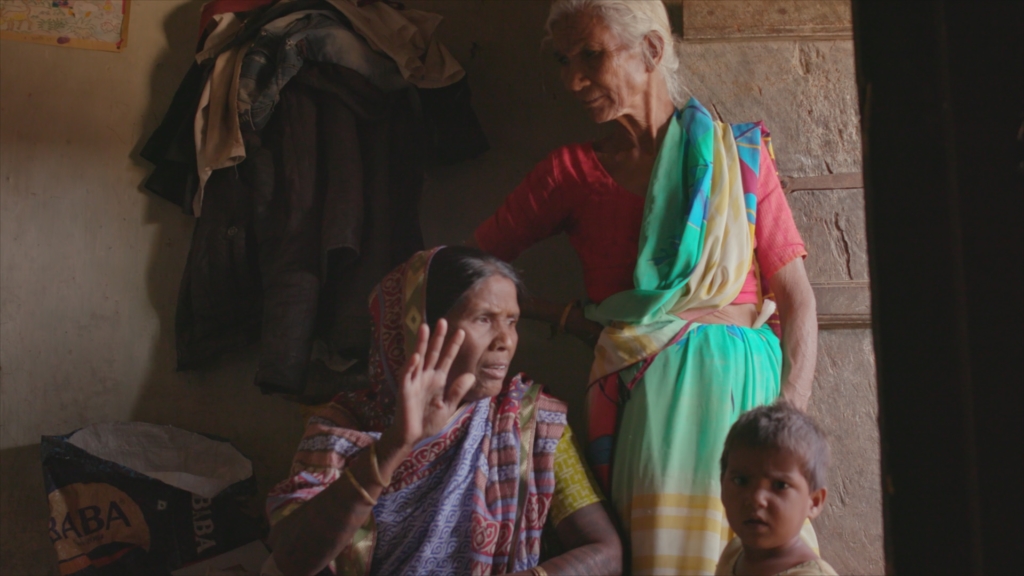
Pahuja admits the experience was terrifying, especially since the scene outside was bigger than it seems in the film. But she says it was also heartbreaking because she felt ashamed about the situation, even though she invited the villagers’ participation. “I had conversations with my crew before about how to address this situation. We knew there was tension because we’d been filming for a long time,” explains Pahuja. “I had always said to them, ‘Keep rolling. If we have to turn off the camera, keep rolling even if it’s just sound.’ When we were actually confronted, I just stopped. I said, ‘We can’t shoot this.’ Then it erupted. We went outside and we were talking to them and calming them down. My sound recorder asked if I wanted to keep rolling on the audio. We turned everything off—it’s exploitative to do that to a community and to a family.”
Where The World Before Her offers equal weight to the representations of the aspiring beauty queens and the fundamentalists, To Kill a Tiger navigates competing viewpoints to illustrate the status-quo mentality that the family is up against and why so few women come forward. In doing so, the portrayal of Ranjit’s refusal to accept the fate forced upon his daughter, and her determination to stand up for herself, give the film its mighty force. It illustrates the discomfort in challenging the norm, but also the power.
“Did We Do the Right Thing?”
The dramatic tension with the villagers in To Kill a Tiger brings up a larger ethical question many documentaries face. Jaganti’s aforementioned query about whether they did the right thing is not the only time the question arises. Villagers suggest that Ranjit reluctantly plays a Western version of the hero under the crew’s influence. There are moments when Ranjit looks completely defeated while working in the rice fields. Exhaustion weighs as he works to provide for his family while his stature within the community crumbles under his feet.
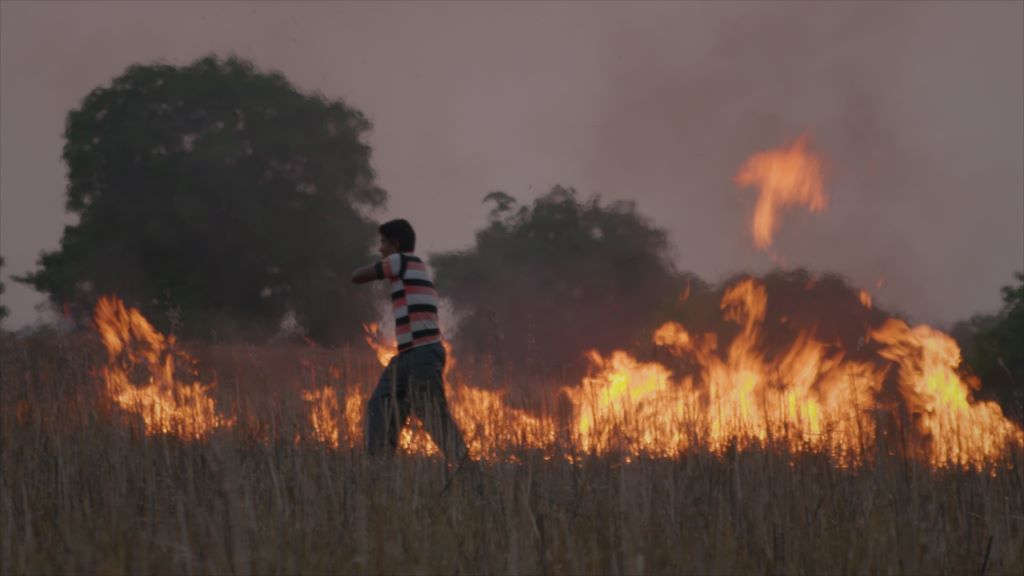
Pahuja explains she interviewed Ranjit, Jaganti, and the daughter about the role of the film crew to ensure that the path to trial was the family’s choice. These conversations don’t appear in the film, nor are they ultimately necessary to see, because the motivation is clear.
“We tried to give everyone an arc in the film,” explains Pahuja. “With Jaganti, she asks that question at the beginning: ‘Are we doing the right thing?’ Then in that scene where the crew is challenged and threatened, she says, ‘Don’t you dare talk about this. I don’t wanna hear about it.’ She changes. She became really, really fierce.” Body language speaks volumes in the film too. Jaganti undergoes a physical transformation, as the early scenes show her hunched and huddled, as if in hiding. Emboldened by their collective willpower, the family members eventually tower in the frame with authority and composure.
The Complexity of Visibility
With the complexity and delicacy of the situation, however, comes a deeper negotiation: How much can a film ask of its 13-year-old survivor without re-traumatizing her or increasing her risk of danger? Pahuja says that this dynamic posed a challenge from the outset while shooting within the relatively tight quarters of the family home. The director recalls shooting with the young survivor present with plans to mask her identity during post-production for various legal and ethical reasons. “During the edit, we tried many things in that regard: animation, a painterly blurring effect, and even giving her a different face using the same technique and working with the same company that masked the identities of the subjects in Welcome to Chechnya (2020),” notes Pahuja. “We found a fantastic local actress willing to lend her identity to [the girl] and the tests were lovely.”
However, Pahuja admits that despite the impressive masking techniques available, nothing sat right with her. “Eventually, I started to actually feel that it was unethical not to show her,” observes Pahuja. “I felt that I was feeding into this idea in India that to show a rape victim means to show her shame, when, in fact, she has nothing to be ashamed of.”

Bringing a Survivor into the Frame
To Kill a Tiger brings Ranjit’s daughter out of the shadows. “I started to feel that, if she and her family were comfortable, I would be able to reveal her identity at some point,” notes Pahuja, “but it was always going to be her choice.” The young woman is fully visible throughout To Kill a Tiger. One witnesses not shame, but strength.
Her presence in the film, moreover, is a fortunate product of the film’s evolution in the editing room as she came of age during post-production. Pahuja says that she offered to show her the footage once she turned 18. When she agreed, Pahuja’s sound recordist went to the village and played the footage for the family. The end credits note that it was in seeing the footage of herself that Ranjit’s daughter decided to speak up and put a name and a face to her story.
It also helps that the film emphasizes the journey of healing and justice, rather than that night. Pahuja notes that she never asked her about the attack. No cameras are permitted in Indian courtrooms, moreover, so images of the survivor’s testimony don’t appear, although one hears in voiceover as she practices her account leading to the climactic day. “By the time we did the master interview with [her], she had become very accustomed to me and the crew,” adds Pahuja. “Interestingly, on that day, about 30 minutes into the interview, I asked the crew to leave. I hadn’t planned on it being that way—it actually happened quite organically and felt the natural thing to do. I sometimes feel she was far more comfortable speaking with me than I was with asking her questions. Perhaps that’s because of who she is, or perhaps it’s because she needed to talk. Maybe both.”
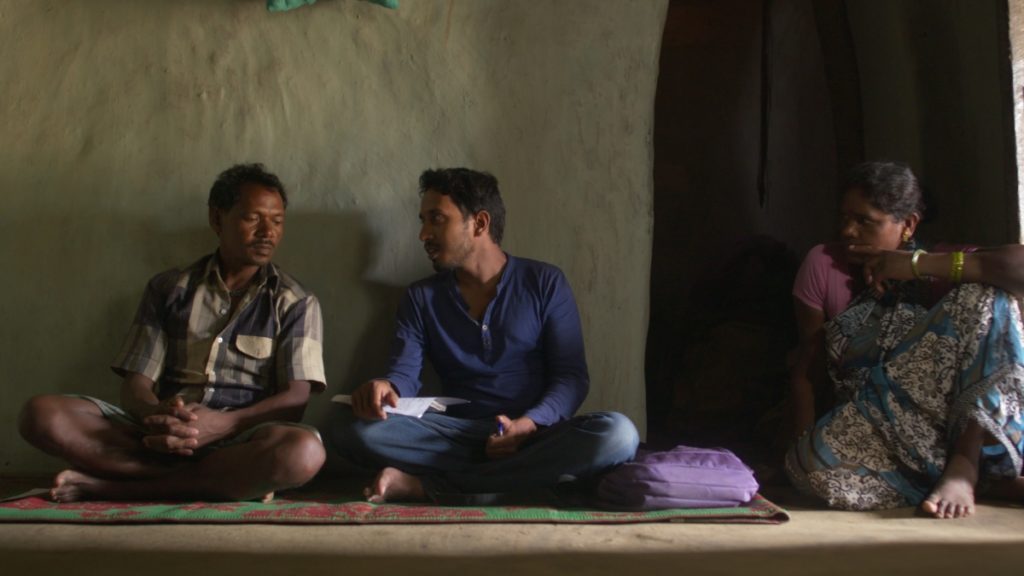
The Road to Change
Having chronicled for well over a decade the vicissitudes of women’s rights in India, the mental processes that create and perpetuate gender roles, and the impact of patriarchy and misogyny on women and girls, Pahuja has gained a nuanced view of the path to change. “The women’s rights movement is very robust and continues to be,” notes Pahuja. Although laws are slowly changing, Pahuja says there’s more work to be done. “I think the most terrifying thing is the growth of the right wing and Hindu fundamentalism,” she notes. “Not just for the minority communities in India—the Muslims and the Christians—but also for women. All religious fundamentalism curtails the rights of women. The impact of Hindu nationalism is still to be seen.”
However, Pahuja admits that a nation as old as India, with such a vast and complicated history, will inevitably change at its own pace. “The fascinating thing about India to me is that it has an incredibly progressive constitution,” notes Pahuja. “The dream that it was founded on—which is one of caste, gender, and religious equality—is what people like Mahendra-ji are constantly trying to achieve.
“Essentially, there’s a gap between what should be, and what is. But the fact that there is a ‘should be,’ is why I don’t despair in spite of statistics, in spite of headlines.”




